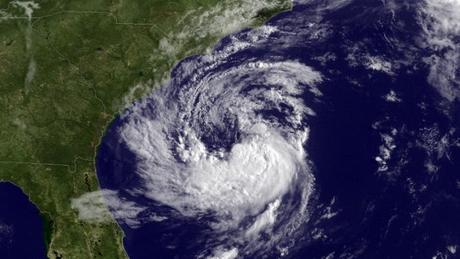U.S.: Less Active North Atlantic Hurricane Season Forecast

This year's North Atlantic hurricane season is forecast to be less active than usual, largely because of the El Nino weather pattern, the U.S. government said Wednesday.
There is a 70 percent chance of six to 11 tropical storms during the span from June 1 to November 30, the National Oceanographic and Atmospheric Administration said.
Of those, three to six could strengthen into hurricanes, including one or two of category 3, 4 or 5, with winds of at least 111 miles per hour (178 kilometers per hour).
"A below-normal season doesn't mean we're off the hook. As we've seen before, below-normal seasons can still produce catastrophic impacts to communities," said NOAA chief Kathryn Sullivan.
She recalled that the 1992 hurricane season had only seven named storms, but the first of them was Andrew, a major category 5 storm that struck south Florida with devastating force.
Based on data from 1981 to 2010, a dozen tropical storms are average each year. Of these, six reach hurricane force on average, with three in the 3 to 5 category range.
Gerry Bell, NOAA's lead hurricane forecaster, said the El Nino effect was expected to suppress the formation of hurricanes in the Atlantic during the upcoming season.
"El Nino may also intensify as the season progresses, and is expected to have its greatest influence during the peak months of the season," he said.
El Nino is a weather phenomenon that appears every few years associated with a band of warm ocean water off the Pacific coast of South America.
"We also expect sea surface temperatures in the tropical Atlantic to be close to normal, whereas warmer waters would have supported storm development," Bell said.
NOAA's predictions for a less active season are similar to those forecast by other weather monitoring services.
In April, the Department of Atmospheric Science at Colorado State University predicted that the season would be calmer than usual with seven tropical storms, three of which could become hurricanes, with only one reaching a major category level.
Forecaster Accuweather, meanwhile, anticipates eight tropical storms and four hurricanes, with only one reaching a major category.
Tropical storm Ana, which made landfall on the southeastern U.S. coast at the beginning of May, was the earliest storm since April 2003.
But the pre-season event should not be interpreted as an indication of a strong season, NOAA said.
NOAA will update its forecast at the beginning of August, just before hurricane season reaches its peak in the Atlantic.



